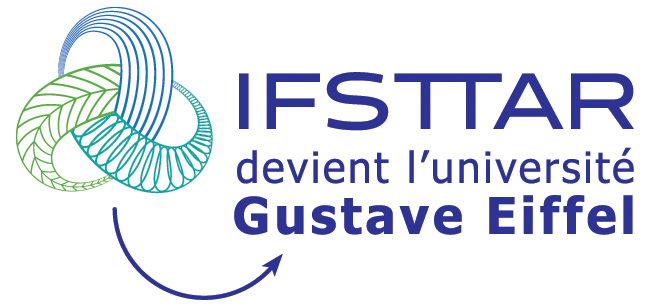Machine learning-assisted microscopic public transportation simulation: Two coupling strategies
Résumé
Evaluating the performance of public transportation, such as bus lines for example, is a major issue for Public Transportation operators. To be able to integrate specific and local behaviors, microscopic line simulations, modelling each buses on a daily basis, provide actual added value in terms of precision and quality. Carrying out more realistic and accurate simulations requires the use of appropriate parameters. To achieve this, machine learning models trained on real-world data can be used to feed and parameterize simulation models. To address this scientific question, it is necessary to determine how to efficiently integrate machine learning and simulation models. This study aims to couple machine learning and microscopic simulation models using various strategies, evaluate their accuracy and performance and discuss the advantages and drawbacks of each. A case study involving three bus lines was conducted, with results validated against real-world data, showing a good fit for both online and offline strategies. With the best simulation time, good accuracy and adequate travel times and bus punctuality, an offline strategy seems to stand out from other coupling strategies.
Domaines
Automatique / Robotique| Origine | Fichiers produits par l'(les) auteur(s) |
|---|
